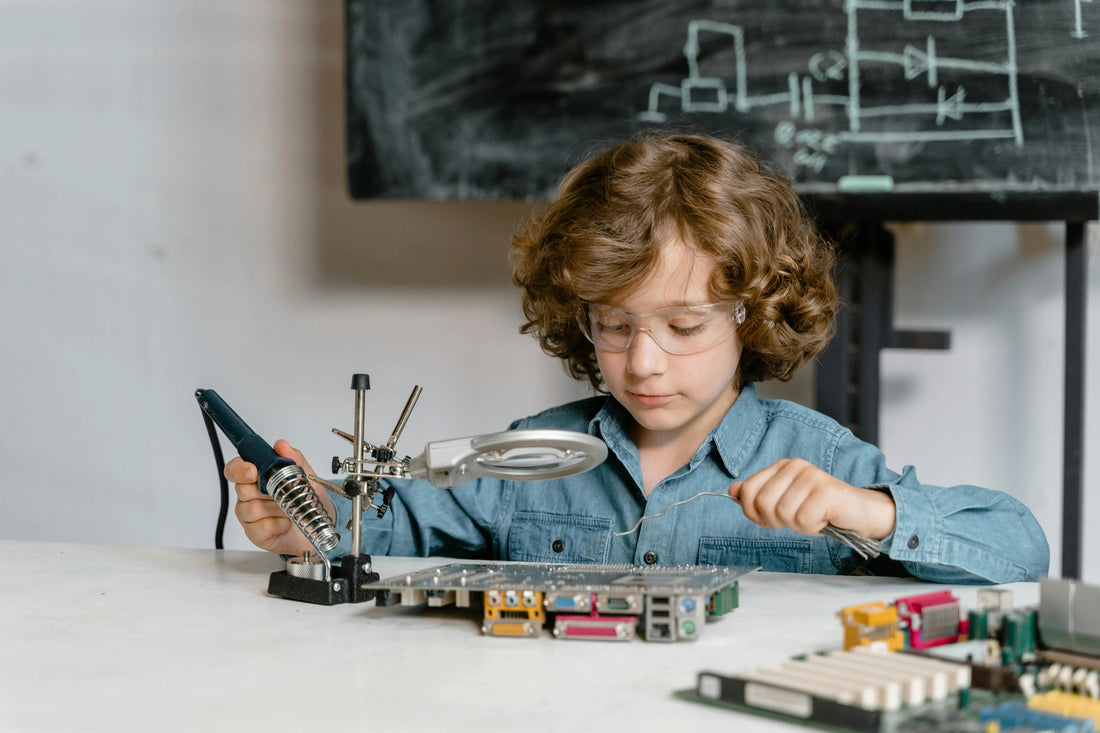
Do Kids Need Children's Safety Glasses for Simple DIY Projects?
Share
Yes, children absolutely need children's safety glasses for even the simplest DIY projects when real tools are involved. Their eyes are still developing and are more vulnerable to dust, debris, and accidental bumps. Even low-risk tasks like hammering a small nail or sanding a piece of wood can expose them to potential eye hazards.
Why Eye Protection Is a Must
DIY learning is hands-on, and that means things can go wrong quickly. Protective eyewear is not just for heavy-duty work. It is for any activity that involves movement, tools, or materials that could shift, snap, or scatter.
Children's safety glasses help protect against:
- Flying splinters, dust, or small particles
- Accidental pokes or bumps during tool handling
- Eye irritation from sawdust, glue, or cleaning solutions
More than just safety, wearing protective glasses helps kids understand that real tools come with responsibility. It creates a mindset of care and caution that sticks with them.
What Makes Good Children's Safety Glasses?
When choosing children's safety glasses, look for ones designed specifically for young users. Adult sizes won’t fit securely and can even cause discomfort, which leads to kids taking them off mid-task.
Key features to look for:
- Snug fit that stays in place without pinching
- Clear, shatter-resistant lenses
- Lightweight design made for smaller faces
- No sharp edges or hard pressure points
The Lola Kids Red Safety Glasses from Handyfamm are designed exactly for this. They’re comfortable, protective, and make safety feel like part of the adventure plus kids actually enjoy wearing them.
Common Mistakes Parents Make with Safety Gear
Even with the best intentions, it’s easy to overlook some basics when introducing kids to tools. Here are a few common missteps to avoid when it comes to children's safety glasses:
- Using adult-sized safety glasses: These rarely fit well on small faces, which makes them less effective and more uncomfortable.
- Skipping protection for “quick” tasks: Even short or simple projects can lead to debris or slips. Always treat every task as a learning opportunity.
- Not modeling the behavior: Kids are more likely to wear their safety glasses if you wear yours too.
- Letting them remove glasses mid-task: It is tempting, especially if they fog up. Choose glasses designed to reduce fog and fit comfortably to avoid this.
Avoiding these habits helps children build a consistent and safe approach to hands-on learning from the very beginning.
Help Safety Stick with Engaging Projects
Pairing safety gear with fun, hands-on tasks makes a big difference. Children are more likely to keep their glasses on when they are fully engaged. Try projects like measuring, painting, or building simple structures with real tools.
Need ideas? Check out 5 Engaging DIY Projects to Kickstart Your Summer. These are perfect starter activities that balance fun with skill-building.
Where to Begin If You’re New to DIY
If you are not sure how to introduce your child to DIY, we suggest starting with our Fido 3-in-1 STEM Starter Tool. It is a safe, interactive way to explore measurement and tool use. Once your child shows interest, you can slowly expand their toolset and always include children's safety glasses as part of that journey.
Starting safe builds confidence that lasts with Handy Famm DIY Toys and Tools.
 Snippets
Which Engineering Toys Are Best Suited for My Child’s Age and Interests?
Snippets
Which Engineering Toys Are Best Suited for My Child’s Age and Interests?
“Engineering toys aren’t just fun—they build critical thinking, motor skills, and problem-solving abilities that lay the groundwork for lifelong learning.”
May 15, 2025 at 12:14 PM Snippets
Are Kids’ Small Retractable Tape Measures Suitable for Indoor Crafts?
Snippets
Are Kids’ Small Retractable Tape Measures Suitable for Indoor Crafts?
As a DIY fanatic and parent, I love how HandyFamm’s small tape measure retractable makes real measurement skills fun and accessible for young learners
May 15, 2025 at 3:19 PM Snippets
Is it Safe to Let My 5-Year-Old Use a Real Hammer?
Snippets
Is it Safe to Let My 5-Year-Old Use a Real Hammer?
Wondering if it's safe for your 5-year-old to use a real hammer? This guide explains how to introduce real tools safely, what signs show your child is ready, and what beginner tools to start with. Plus, we share kid-friendly DIY ideas to build skills and confidence.
May 20, 2025 at 6:05 PM Snippets
What to Get Kids Who Like Engineering?
Snippets
What to Get Kids Who Like Engineering?
Not all engineering toys for kids actually teach engineering. This guide walks you through what to look for and shares three real tools your child can use to build, explore, and grow practical skills.
May 23, 2025 at 10:19 AM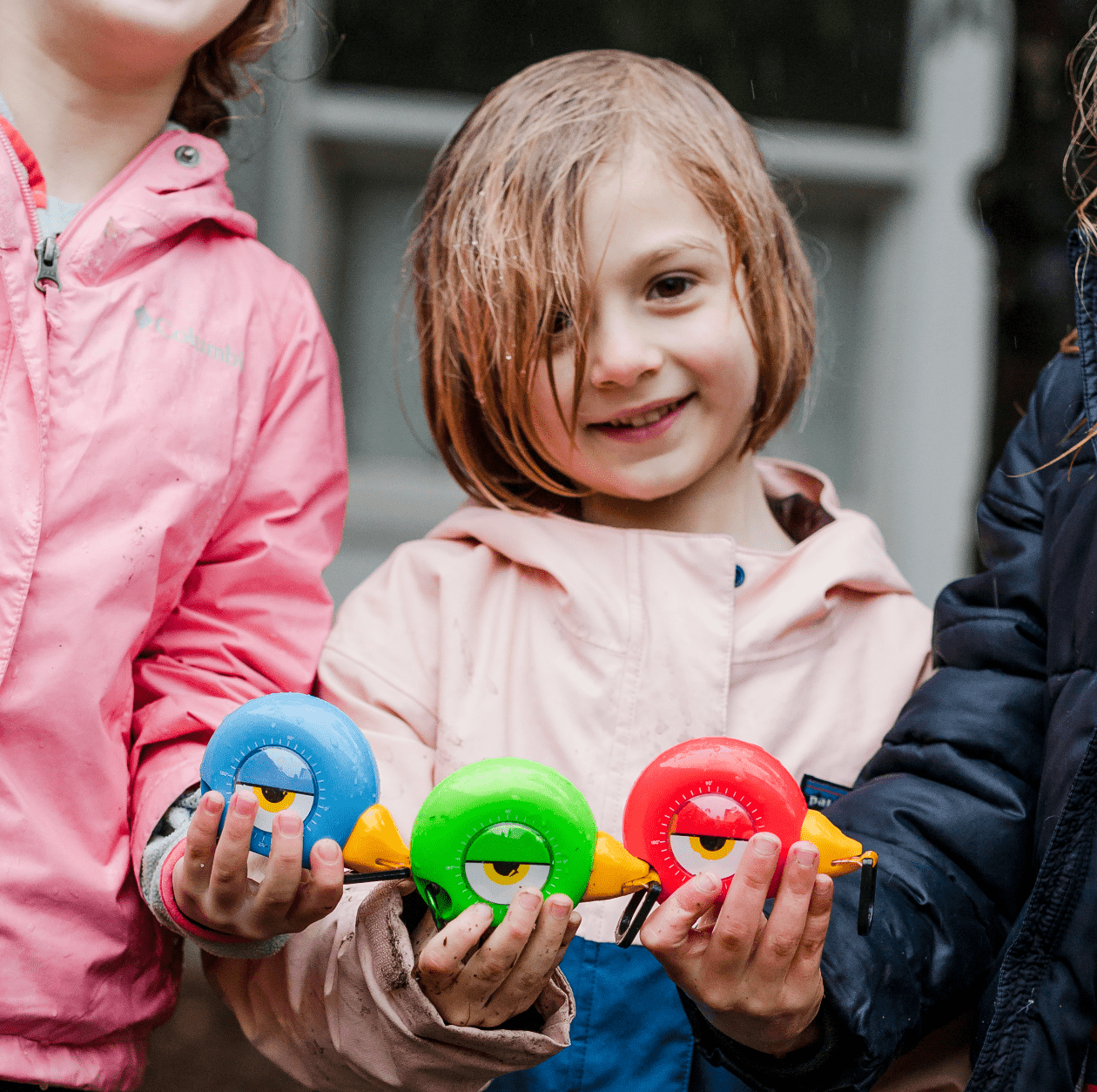






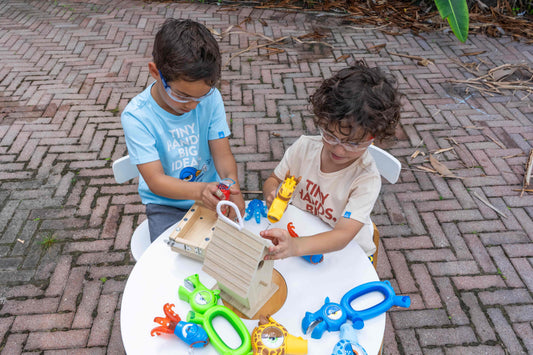
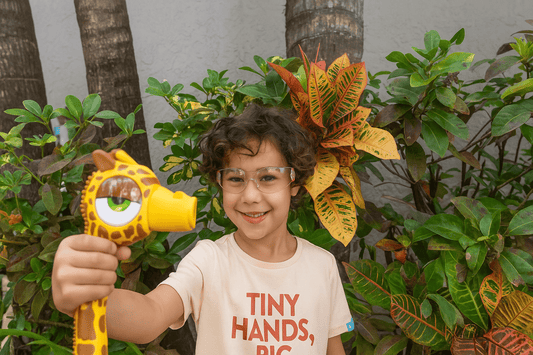
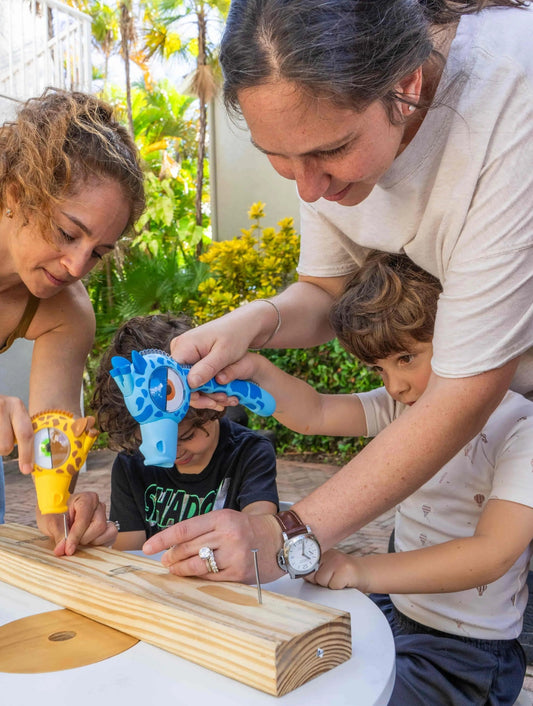
 https://handyfamm.com
https://handyfamm.com